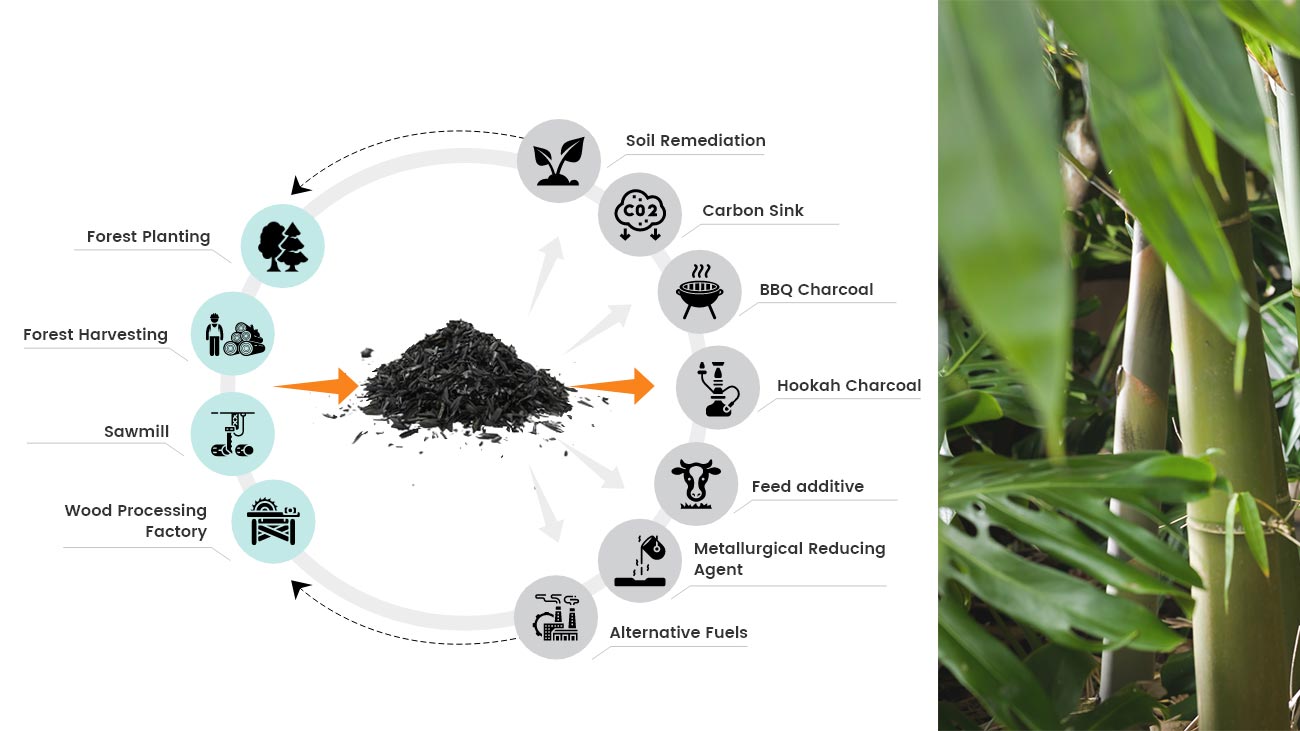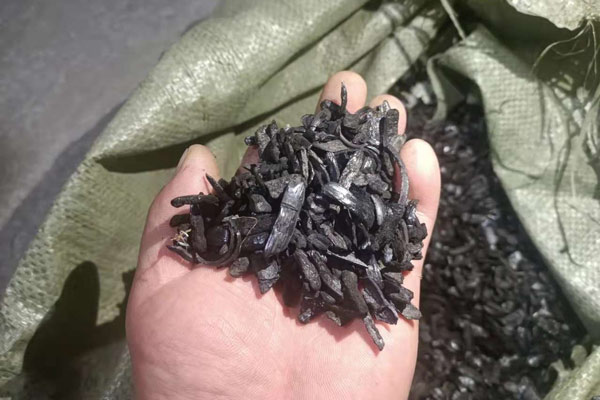In the ever-expanding domain of horticulture, a silent revolution is taking root, and its name is biochar. As we confront the challenges of sustainable agriculture and seek innovative solutions, the integration of biochar production equipment emerges as a key player in cultivating greener and more resilient crops.
Unveiling the Mystique of Biochar
Biochar, often hailed as the “black gold” of agriculture, is a carbon-rich material produced through the pyrolysis of organic biomass. This ancient technique has found renewed relevance in modern horticulture due to its multifaceted benefits.
Incorporating biochar into the soil not only enhances its carbon sequestration capacity but also promotes water retention and nutrient availability. This enigmatic substance acts as a soil amendment, transforming the very foundation on which our crops rely.
The Carbon Alchemy: Biochar Production Equipment
At the heart of the biochar revolution lies the intricate machinery designed for its production. Biochar production equipment employs a process known as pyrolysis, wherein organic materials such as agricultural residues or wood are subjected to high temperatures in the absence of oxygen.
This alchemical transformation results in the creation of biochar, a stable carbon structure that resists decomposition and persists in the soil for extended periods. The production equipment, with its precise control over temperature and residence time, ensures the quality and efficacy of the biochar produced.
A Symphony of Soil Improvement
The integration of biochar into horticultural practices is akin to orchestrating a symphony of soil improvement. As this carbonaceous substance weaves its way into the earth, it creates a porous structure that acts as a sanctuary for beneficial microorganisms. These microorganisms, in turn, foster a healthier soil microbiome, enhancing nutrient cycling and disease suppression.
Moreover, the introduction of biochar catalyzes a reduction in soil acidity, providing an optimal pH environment for plant growth. The intricate dance between the biochar particles and the soil matrix creates a harmonious ecosystem where crops flourish with vitality.

Water Retention Wizardry
One of the standout features of biochar from carbonization machine is its remarkable ability to act as a water retention wizard in the soil. The porous nature of biochar particles allows them to capture and hold water, mitigating the impact of drought stress on crops.
In regions grappling with erratic rainfall patterns and water scarcity, the incorporation of biochar becomes a strategic move. The soil’s enhanced water-holding capacity ensures that crops have a consistent water supply, even in challenging environmental conditions.
Nurturing Nutrient Nirvana
The symbiotic relationship between biochar and soil extends to the realm of nutrient management. Biochar serves as a nutrient reservoir, holding onto essential elements like nitrogen and phosphorus and gradually releasing them to plants as needed.
This nutrient-retention characteristic not only minimizes nutrient leaching, reducing environmental impact, but also fosters a more efficient nutrient utilization by crops. In essence, biochar transforms the soil into a nutrient nirvana, where plants have access to a steady supply of essential elements.
Biochar Beyond Boundaries
The impact of biochar transcends geographical and agricultural boundaries. From small-scale horticultural plots to vast agricultural landscapes, the versatility of biochar/charcoal machine allows for scalable integration.
In developing countries, where agricultural resilience is paramount, biochar presents a low-tech, high-impact solution. Its simplicity of production and application empowers local communities to enhance soil fertility and crop yields, thus contributing to food security.

Challenges and Contemplations
While the benefits of biochar in horticulture are undeniable, challenges and contemplations linger on the horizon. The cost-effectiveness of biochar production equipment, the scalability of its application, and the long-term effects on soil health warrant ongoing research and refinement.
As we delve deeper into the potential of biochar as a sustainable agricultural practice, the need for interdisciplinary collaboration and holistic agricultural strategies becomes apparent. Balancing the promises of biochar with the realities of agricultural ecosystems is a delicate task that demands scientific rigor and a keen understanding of ecological dynamics.
Closing Thoughts
In the tapestry of horticulture’s future, biochar stands as a thread woven with promise and potential. Its integration into the soil represents a commitment to sustainable practices, where the marriage of ancient wisdom and modern technology cultivates a greener and more resilient agricultural landscape. As biochar production equipment (includingwood/coconut shell/rice husk/bamboo/sawdust/straw charcoal machine) continues to evolve, so does the narrative of harmonious coexistence between humanity and the Earth, where every crop planted becomes a testament to our commitment to a thriving and sustainable future.